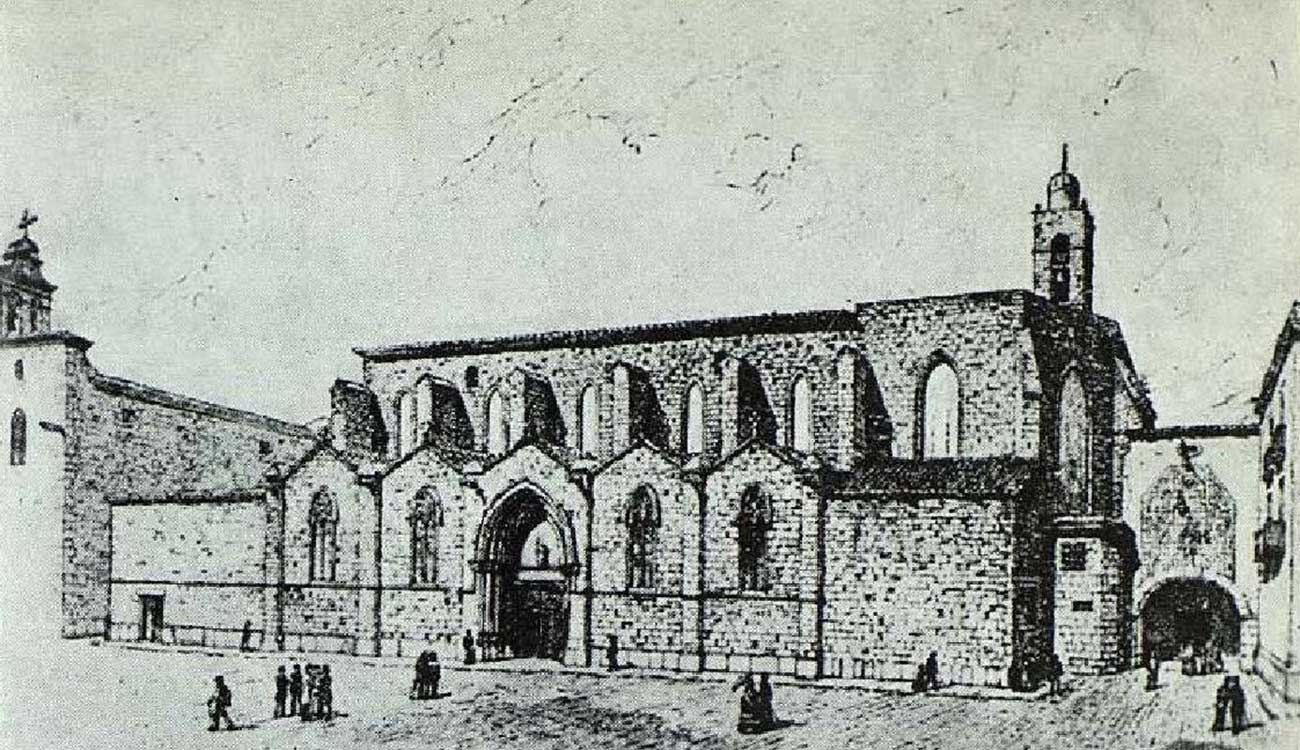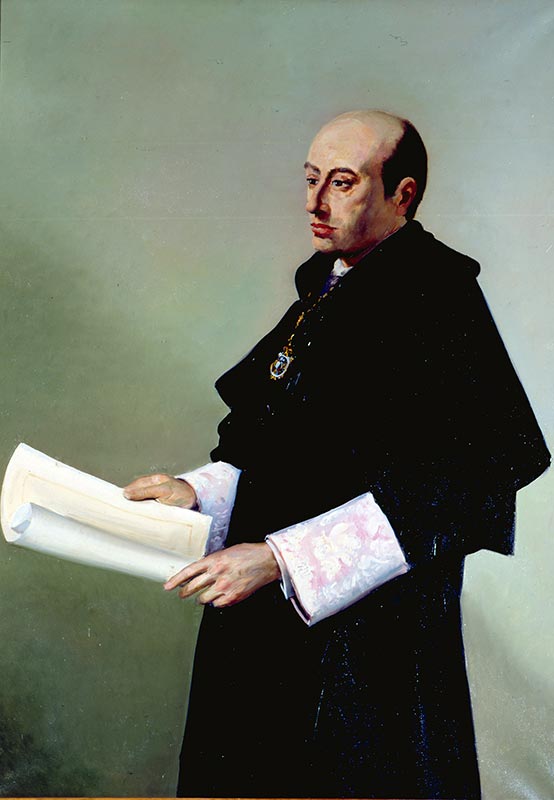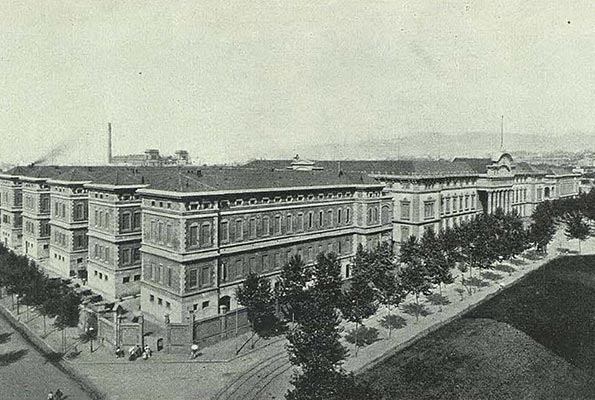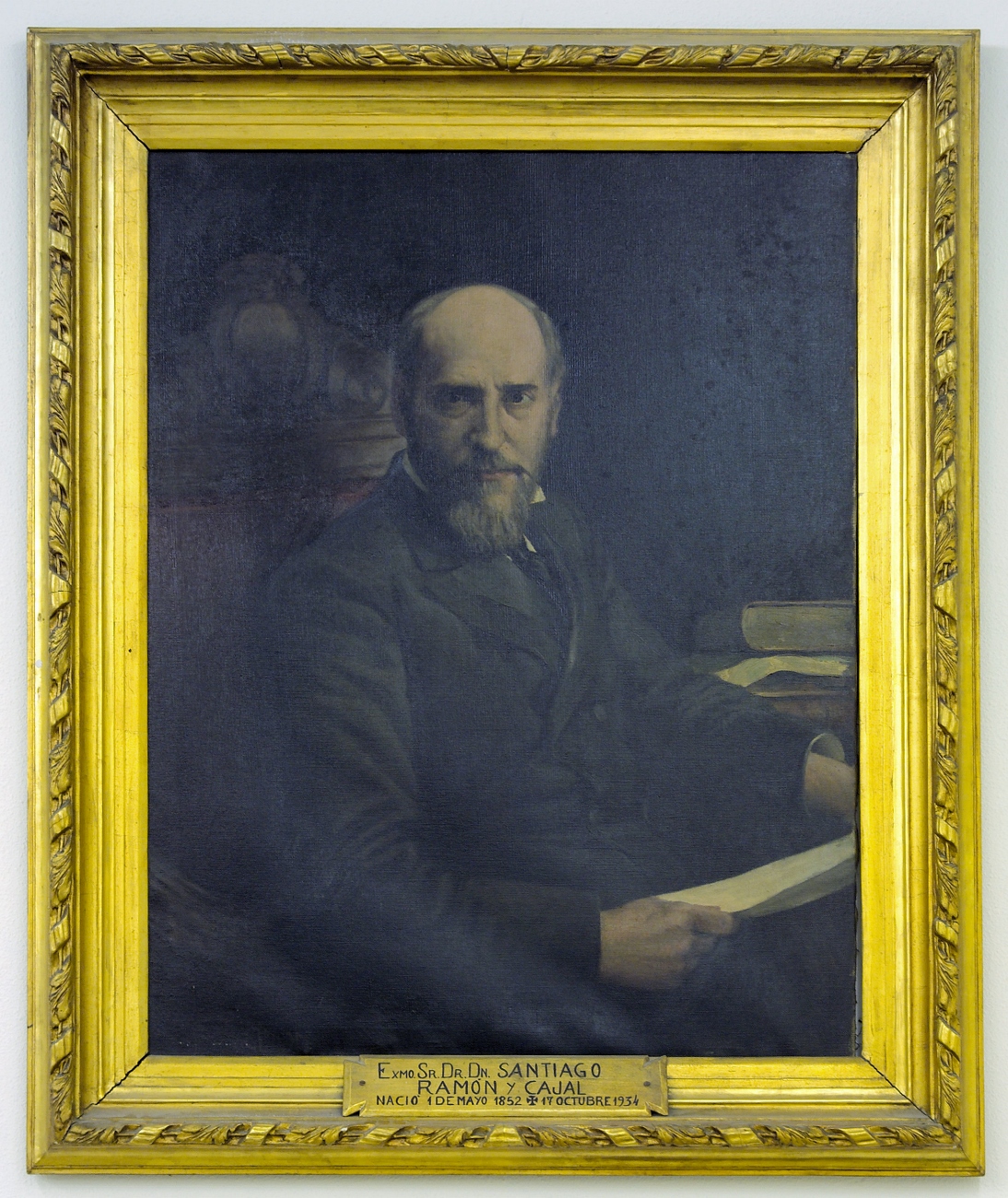
The nineteenth century
The return of the university to the city of Barcelona, promoted by continuing demands, coincided with initiatives from the Liberal governments that succeeded one another in power during the second quarter of the nineteenth century. For some years, two universities coexisted (the one in Cervera and another in Barcelona, opened in 1822 and based on the education given at centres like the Board of Trade), until the final re-establishment of the University of Barcelona began to take shape, in various phases from 1835 onwards:
More information
- Authorization of professorial chairs.
- Provisional establishment of the Barcelona Estudi General in 1836.
- Provisional re-establishment in 1837, with Albert Pujol as Rector (the solemn "installation" ceremony for the “University of Letters” would take place on 18 October 1837, 301 years after the laying of the first stone of the Estudi General in La Rambla).
- Finally, on 10 October 1842, the University of Barcelona was definitively re-established by General Espartero, coinciding with the final disappearance of the institution in Cervera.
Once it had been re-established in the city, the building that housed the various parts of the university in 1841 was the Convent of Carme, which had recently been seized by the State and the nuns evicted. The centre provisionally received the larger faculties of Theology, Canon Law and Law and, later, the Faculty of Pharmacy. The Faculty of Medicine was installed in the Royal College of Surgery building which had been established in 1760 alongside the Santa Creu and Sant Pau Hospital to provide official studies related to the area of health.
The University restored in 1837 is, therefore, the successor of the sixteenth-century Barcelona Estudi General and the eighteenth-century single Catalan University of Cervera. The University however, still suffered from a lack of definition for some years. During the period between 1840 and 1868, dominated by the Moderate Party (except for the Progressive Biennial, 1854-1856), the University suffered from years of ideological struggles and purges of the teaching staff, during which lecturers were even banned from belonging to political parties (Royal Order of 22 January 1867). After the 1868 Revolution, the banned lecturers were re-established in their chairs and a period of educational liberalization began. One of the most important changes in this period was the opportunity to teach doctoral studies in Barcelona, breaking the State monopoly over the University.
At this point (1859), constant complaints about the precarious state of the Carme facilities forced the State authorities to commission the architect Elias Rogent to design a new building. After 1871, all university courses were taught in the new building, except for medical studies, which continued, as they had since 1843, in the old Santa Creu and Sant Pau Hospital. It was not until 1906 that the new Faculty of Medicine was opened in a new building on the left side of the Eixample, which also housed the new Hospital Clínic.
As for the development of the education and teaching given, it must be highlighted that, despite the provincialism and cultural isolation of the institution during the last third of the century, important advances were made in studies in certain disciplines, such as in Medicine, with figures such as Santiago Ramón y Cajal (Professor of Histology at the University of Barcelona between 1887 and 1892), and in Chemistry and Classical Philology.





